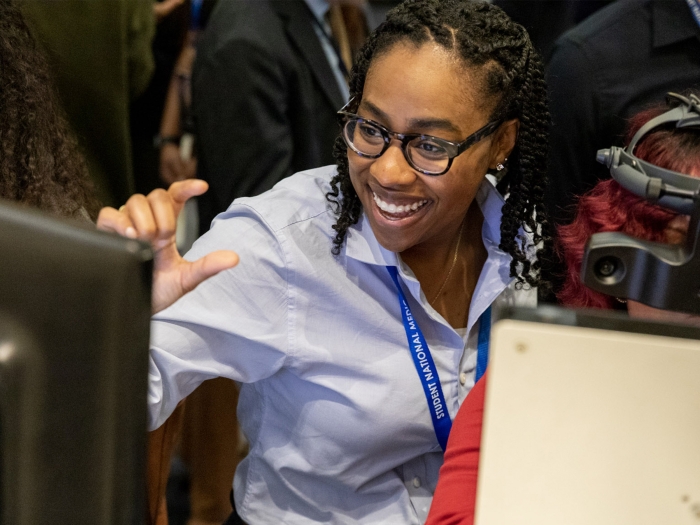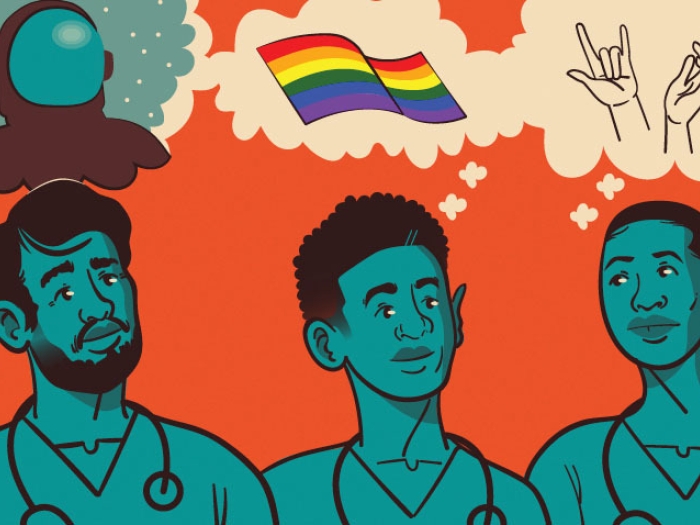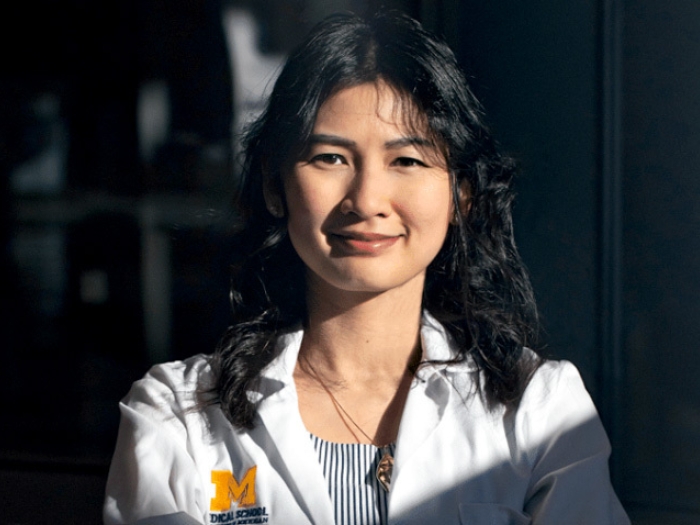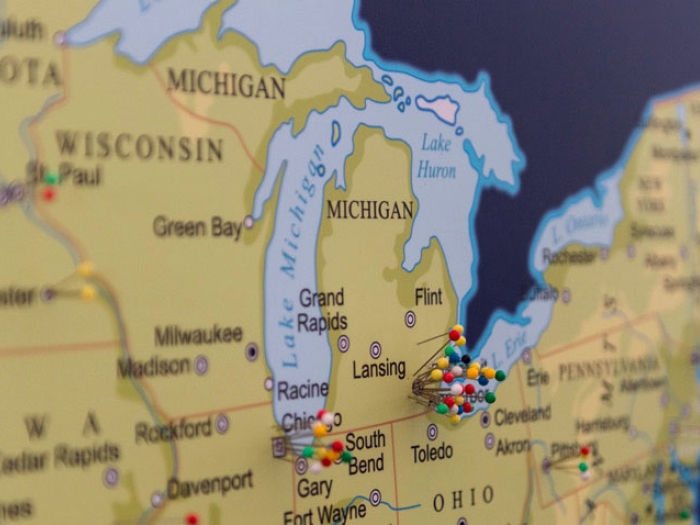Ensuring that undergraduate students of color who are interested in medicine stay on the path is essential to improving minority representation in medicine.
7:00 AM
Author |
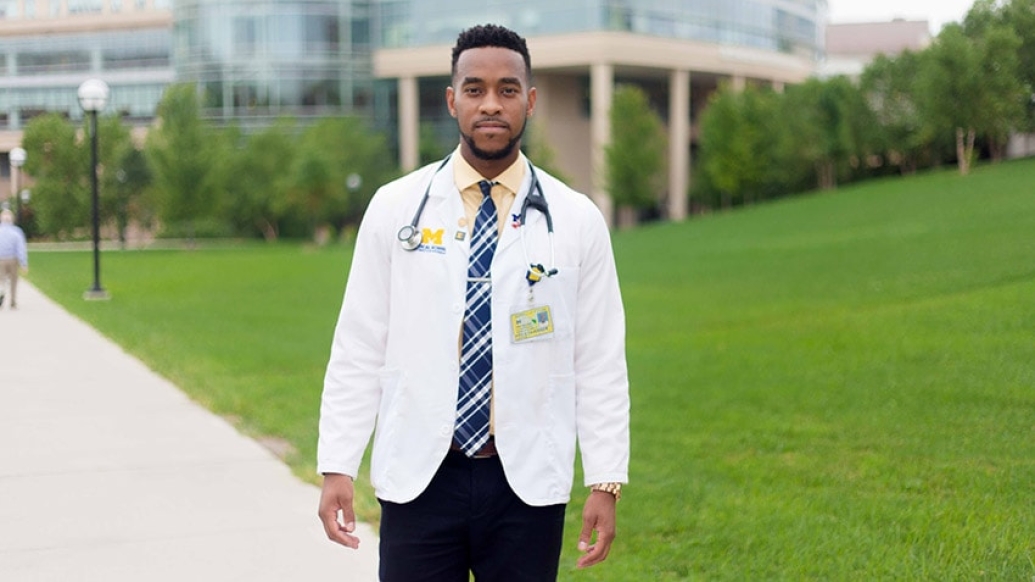
The black community at U-M is small, but when I was a freshman, I had countless friends and acquaintances — numbers in the double digits — who were black, male and pre-med.
MORE FROM THE LAB: Subscribe to our weekly newsletter
By the time I was a junior, I only knew of three in my class, including me.
The pattern was the same among our female colleagues. Many students received that 45 percent grade in a "weeder" class and called it quits. Some of my close friends did just that. They were not lazy or intellectually incapable, but struggled to see the light at the end of the long pre-med tunnel.
And here lies the problem: Increasing the number of physicians from underrepresented groups — especially African-Americans and other people of color — hinges upon retaining those interested in medicine at the undergraduate level.
Obviously, there are numerous contributing factors that affect students on the path toward medical school. Representation in medicine is not the only substantial barrier these underrepresented groups face. But from my personal experience, retention rates for undergrad pre-meds is a major barrier that needs to be at the forefront of the discussion.
I wholeheartedly know that one of the major reasons I successfully endured the long and strenuous, yet rewarding, journey to medical school was that I found people who looked like me on the journey with me.Fitz Tavernier Jr.
Combating attrition
Among students interested in a STEM field at the start of their bachelor's degree, black students had the highest rates of leaving post-secondary enrollment without a degree (29.3 percent), and the highest rates of switching to a non-STEM field major (36 percent). This, according to a report by the U.S. Department of Education that analyzed STEM attrition rates between 2003 and 2009.
These figures are considerably higher than those among white students (19.8 percent and 28.1 percent, respectively). Hispanic students also had higher attrition rates (23.1 percent and 26.4 percent, respectively) than whites. This raises the question: How can we combat the discrepancy in attrition rates among black pre-meds? What is causing black students to switch at a higher rate?
Aside from academic difficulty, one of the most crucial aspects of the journey to medicine is feeling isolated. It's a constant strain. The pre-med phase in particular does not foster collaboration. It is as if there's an academic competition where your best chance of winning the golden prize of a medical school acceptance letter is to avoid altruism at all costs. As a minority or person of color, that puts you at a further disadvantage.
For minority students, the higher you go, the fewer people you see around you who look like you. Thus, there are fewer individuals with similar experiences who can help you stay motivated and supported throughout the process. I wholeheartedly know that one of the major reasons I successfully endured the long and strenuous, yet rewarding, journey to medical school was that I found people who looked like me on the journey with me.
Although scarce, especially as upperclassmen, going through the motions with other pre-medical students of color allowed me to make it through sanely and stay motivated. Even now, other medical students of color continue to offer support to me.
SEE ALSO: One Medical Student's Mission to Erase the Stigma of Depression
One notable approach to increasing retention rates among pre-med students is one used by the Meyerhoff Scholars Program at the University of Maryland, Baltimore County.
Recognized by the National Science Foundation and The New York Times as a national model, they have gained attention for their program's success regarding funneling and retaining minority students in the STEM field. Although their main focus is science and engineering doctoral students, their model can be used as a platform for establishing medically related programs in the future. The model is built on "the premise that, among like-minded students who work closely together, positive energy is contagious. By assembling such a high concentration of high-achieving students in a tightly knit learning community, students continually inspire one another to do more and better."
Among many things, their model clearly attenuates the isolated feeling in STEM or medical fields for undergraduate minorities.
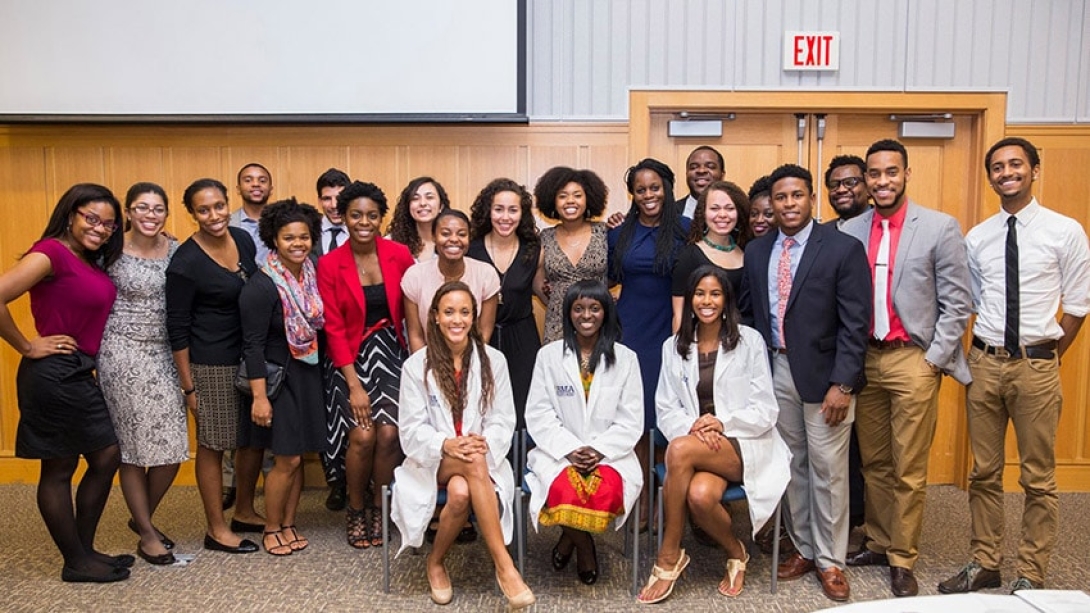
'Don't be afraid to fail'
I look at the field of medicine as a primary approach to preserving life. Medicine is one of the few, if not only, languages that is universal to cultures and communities regardless of race, ethnicity, gender, sexual orientation, etc.
As a first-generation African-American male of Caribbean descent who is underrepresented in the medical field, I see medicine as an avenue for me to use my physical and mental tools to continue to give back to minority communities that surround me, combat the ever-prevalent force of health care disparities, increase minority representation and advance the field of medicine as a whole.
To all the pre-medical students of color out there who have their sights set on a dream that ends with M.D., don't be afraid to fail. Don't be afraid to ask for help. Take on your failures and learn from them. Peer-to-peer mentoring is just as important as any other form of mentorship, so it is critical that you find friends with similar interests to endure the process with from the jump. Motivation is contagious and, for this journey, motivation is a constant necessity. Take the same pre-med classes semester by semester if your schedules permit, study together, share resources, constructively push one another and hold each other accountable. Pass the fruits of your success to those who come after you.
Lastly, realize that everyone's path to medicine will be different, so be patient with yourself and the process. These things are important for all pre-med students regardless of race or ethnicity, but especially for those of color. The journey to medicine is not easy. That's the honest truth.
But anything worth having is surely worth overcoming the adversity that's attached to your lifelong goals.
This article was originally published on Dose of Reality, the blog of the University of Michigan Medical School.

Explore a variety of healthcare news & stories by visiting the Health Lab home page for more articles.

Department of Communication at Michigan Medicine
Want top health & research news weekly? Sign up for Health Lab’s newsletters today!
